4 April 2025
So, you’re building your dream home? That’s an exciting journey! But between picking the perfect floor plan and choosing the right countertops, there’s something most new homeowners forget—property taxes.
Yep, that’s right. Your future home will come with a tax bill, and if you’re not prepared for it, it could be a nasty surprise. Let’s break it down in simple terms so you know exactly what to expect. 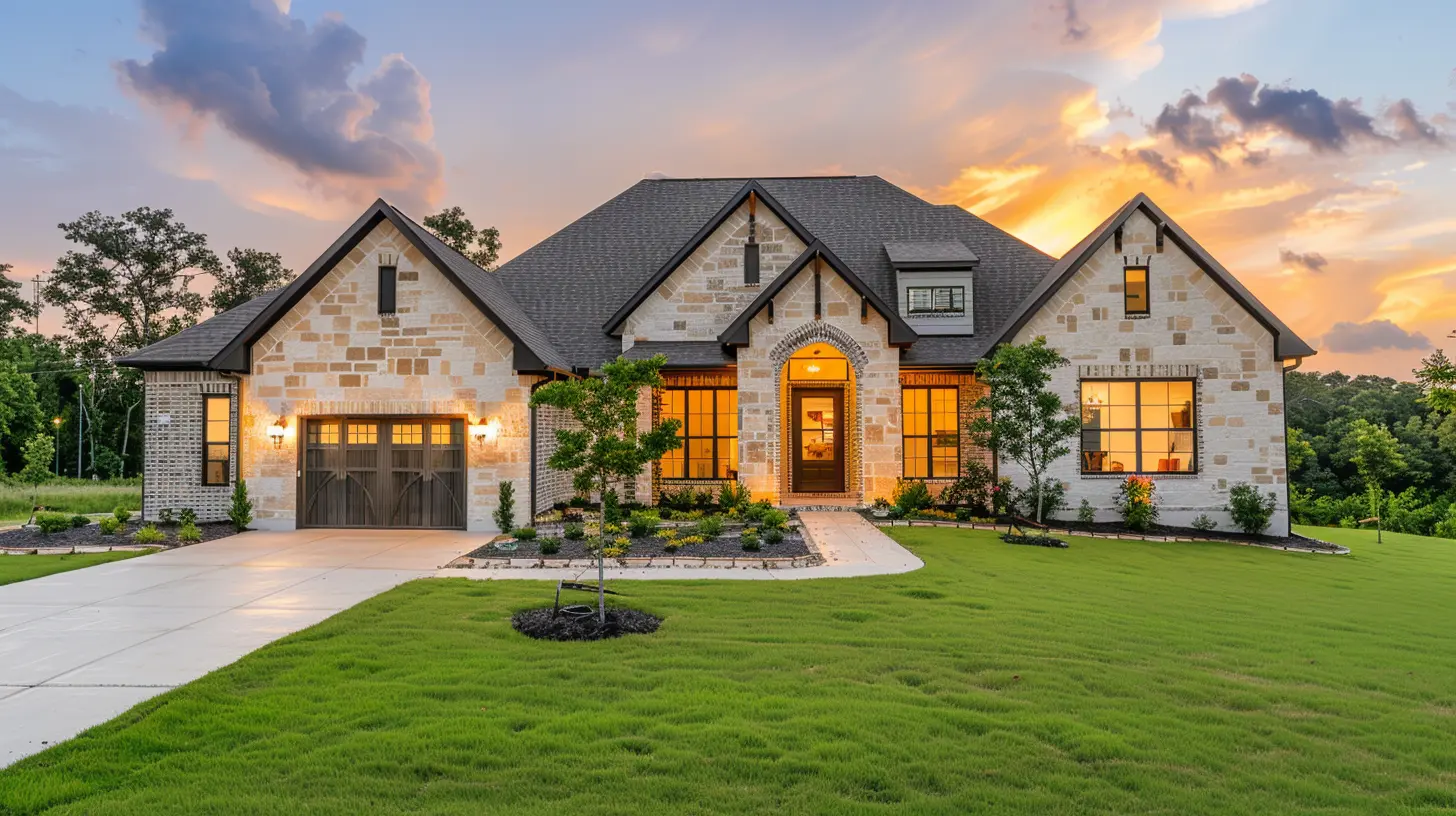
What Are Property Taxes?
Before diving into how property taxes apply to new construction, let’s start with the basics.Property taxes are local taxes assessed on real estate. They’re used to fund public services like schools, roads, emergency services, and parks. Every homeowner has to pay them, and the amount is based on:
- The value of your property (land + home)
- The local tax rate (varies by area)
The tricky part? When you build a new home, your tax bill isn’t calculated the same way as an existing home. Let’s dive deeper. 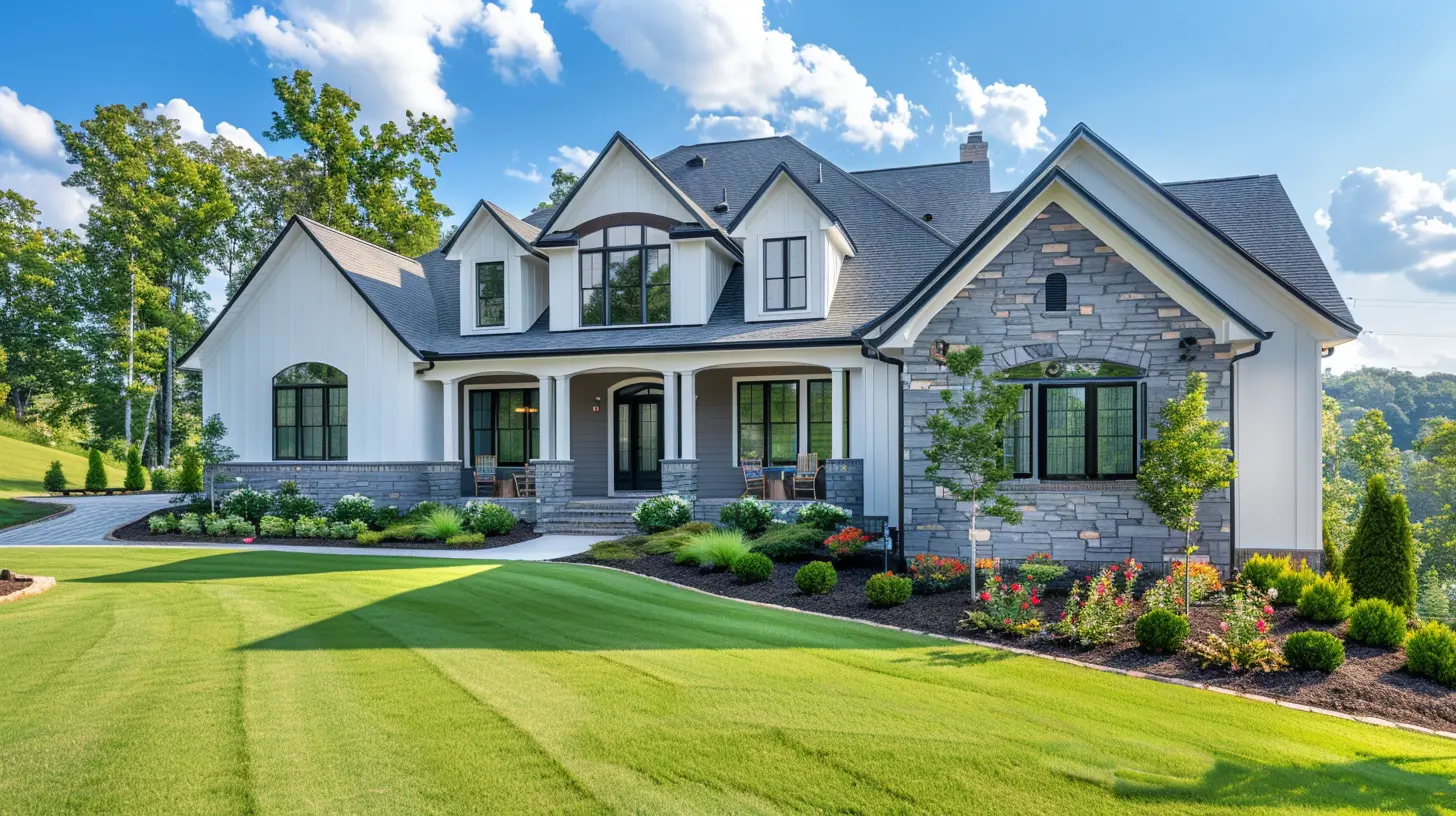
How Property Taxes Work When Building a New Home
Unlike buying an existing home, where taxes are already set, building from scratch means your property taxes evolve over time. Here’s how it typically works:1. Paying Taxes on the Land First
Before construction even begins, you’re already paying property taxes—on the land itself. If you purchased an empty lot, the county assesses taxes based on the land’s value.- If it’s just a vacant plot, the tax bill is usually lower.
- Some areas have special tax benefits for undeveloped land.
2. Property Reassessment During Construction
The moment construction begins, your property’s value starts increasing. Most local governments reassess taxes at different stages of construction rather than waiting until the home is completed.- Some assess it midway into construction (foundation, framing, etc.).
- Others wait until the home is finished before revaluing your taxes.
Either way, expect a jump in your tax bill once the structure starts taking shape!
3. The Final Tax Assessment
Once the home is completed, the county will perform a final reassessment. This is where they determine the full taxable value of your property, including both the land and the house.- Your finished home will likely be assessed at a significantly higher value than the vacant land or partially built structure.
- The final tax amount will be based on the total assessed value multiplied by your local tax rate. 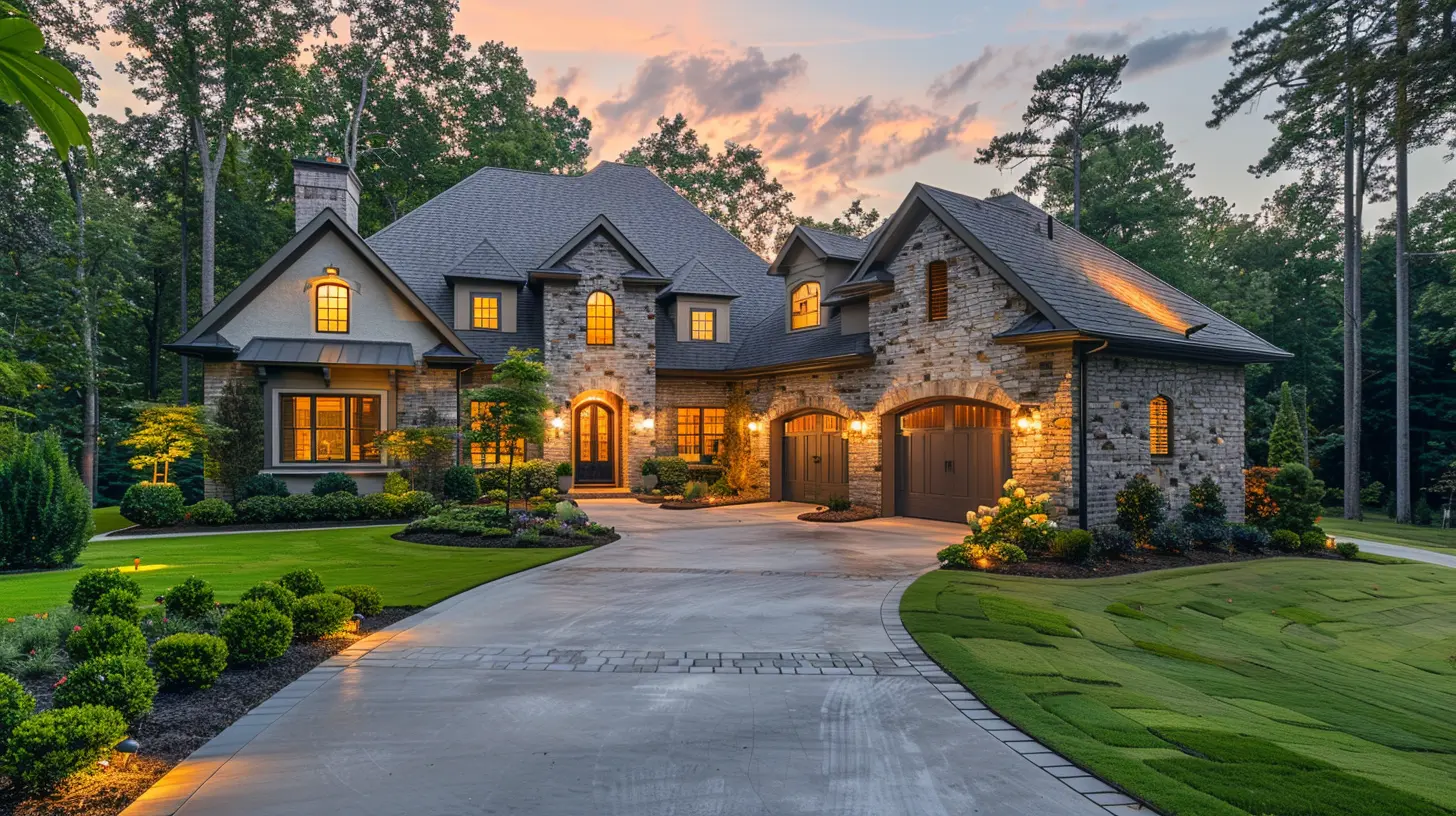
Common Property Tax Surprises for New Homeowners
A lot of first-time home builders get blindsided by property taxes. Don’t let that be you! Here are some common pitfalls to watch out for:1. The First Tax Bill Might Be Low—But It Won’t Stay That Way
Before your home is fully reassessed, your property tax bill might be based only on the land’s value. That might seem like a win, but it’s temporary. The real tax bill kicks in after reassessment.If your mortgage lender is escrowing property taxes (holding money aside for taxes), you might get a shocking increase in your escrow payments down the road.
2. Builder Tax Estimates Aren’t Always Accurate
Many builders or developers quote tax estimates when selling a new construction. But often, these numbers are based on:- The land’s current value (not the completed home).
- Outdated tax rates or nearby home values.
To get a more accurate estimate, check with your county’s tax assessor or talk to a real estate professional in your area.
3. Mortgage Escrow Shortages
If your lender collects money for taxes through an escrow account, they may underestimate what you actually owe in the first year. This could lead to:- A big tax bill at the end of the year
- Higher mortgage payments in year two to make up for the escrow shortage
To avoid the shock, set aside extra funds to cover any increases in your tax bill. 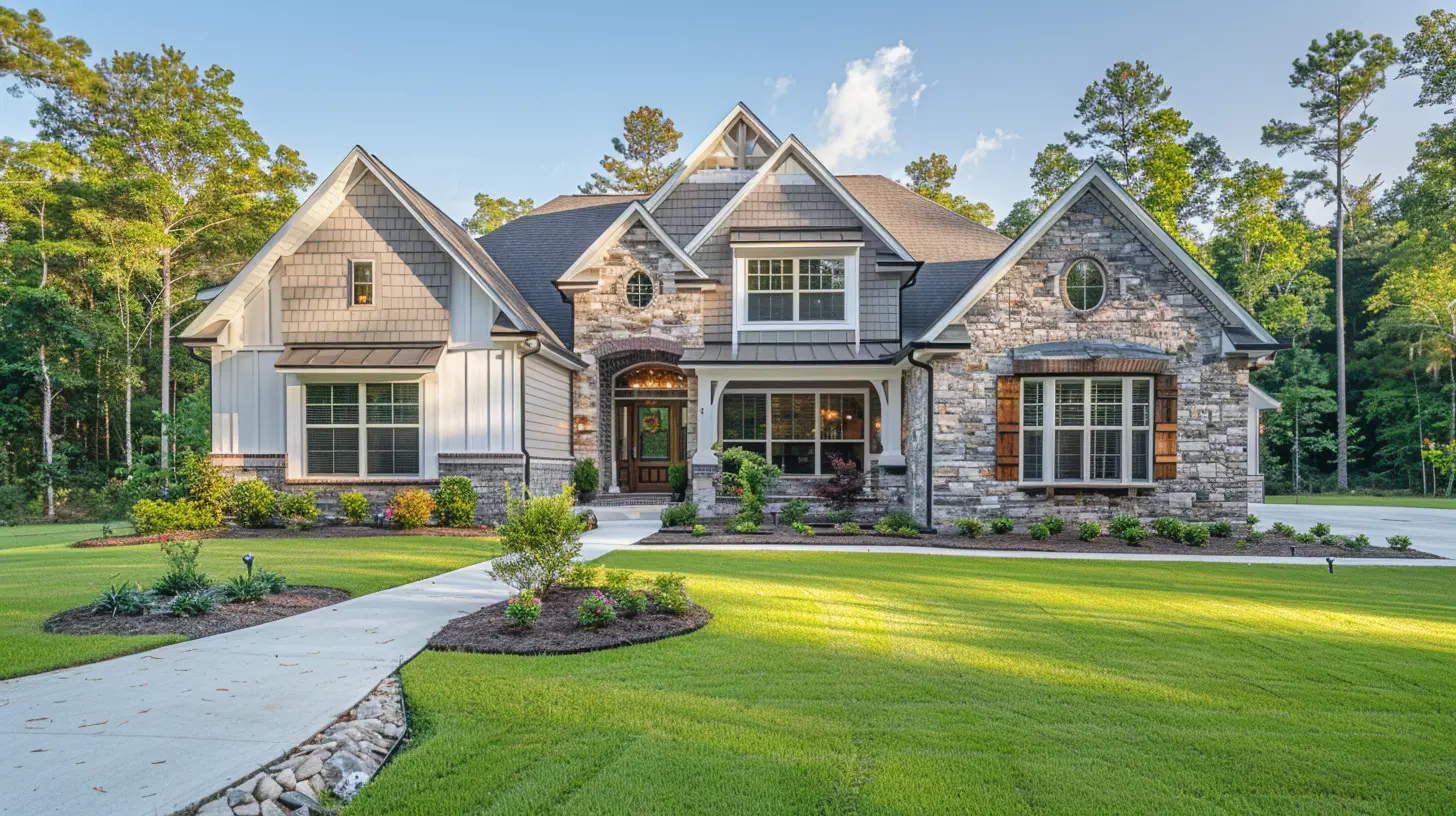
How to Estimate Your Property Taxes on a New Build
Step 1: Find Your Local Tax Rate
Property tax rates vary by county, city, and even school district. Check with your local assessor’s office or their website to find the current tax rate where you’re building.Step 2: Estimate Your Home’s Assessed Value
While construction costs don’t always equal the assessed value, you can get a rough estimate by:- Looking at similar homes in your area
- Reviewing recent tax assessments of newly built homes nearby
Step 3: Do the Math
Use this formula:Assessed Value × Local Tax Rate = Estimated Annual Property Tax
Let’s say:
- Your home is valued at $300,000
- Your county’s property tax rate is 1.5%
Your estimated property tax bill would be:
$300,000 × 1.5% = $4,500 per year
Can You Lower Your Property Taxes?
Nobody loves paying taxes, but here are a few ways you might be able to reduce your tax burden:1. Check for Tax Exemptions & Discounts
Many areas offer tax breaks for:- Primary residences (homestead exemptions)
- Seniors, veterans, or disabled homeowners
- Energy-efficient homes or improvements
2. Appeal Your Property Assessment
If you think your home was over-assessed, you can challenge the assessment with your local tax office. Provide:- A real estate agent’s valuation
- Comparisons to similar homes with lower assessments
- Proof of any property defects affecting value
3. Pay Taxes Early for Discounts
Some local governments offer discounts if you pay property taxes early.- Example: Pay in full by January and receive a 2-5% discount.
Final Thoughts: Be Prepared!
Building a new home is exciting, but understanding your property tax obligations is crucial. The last thing you want is a surprise tax bill that throws off your budget or hikes up your mortgage payments.- Stay informed. Check with your local tax assessor.
- Estimate smart. Use realistic values to plan ahead.
- Look for breaks. Take advantage of exemptions if you qualify.
By staying ahead of the game, you can enjoy your new home without tax headaches!



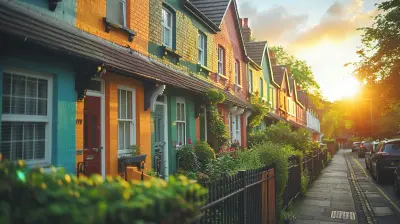
Esther Hernandez
This article effectively highlights the often-overlooked property tax implications of new home construction. However, it could further benefit readers by providing actionable tips on navigating these taxes to optimize their financial planning.
April 4, 2025 at 10:56 AM